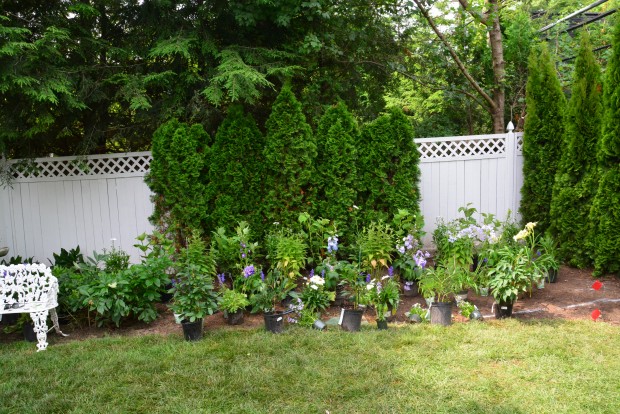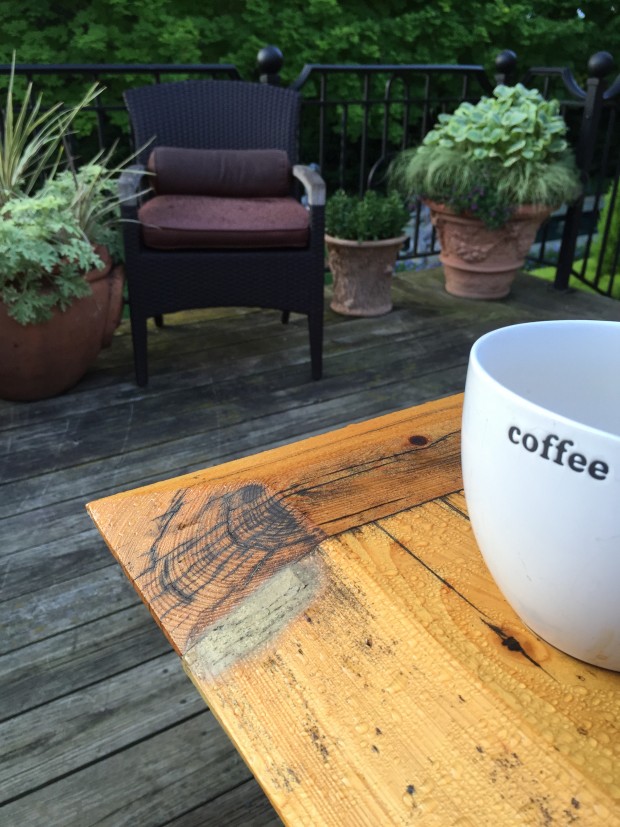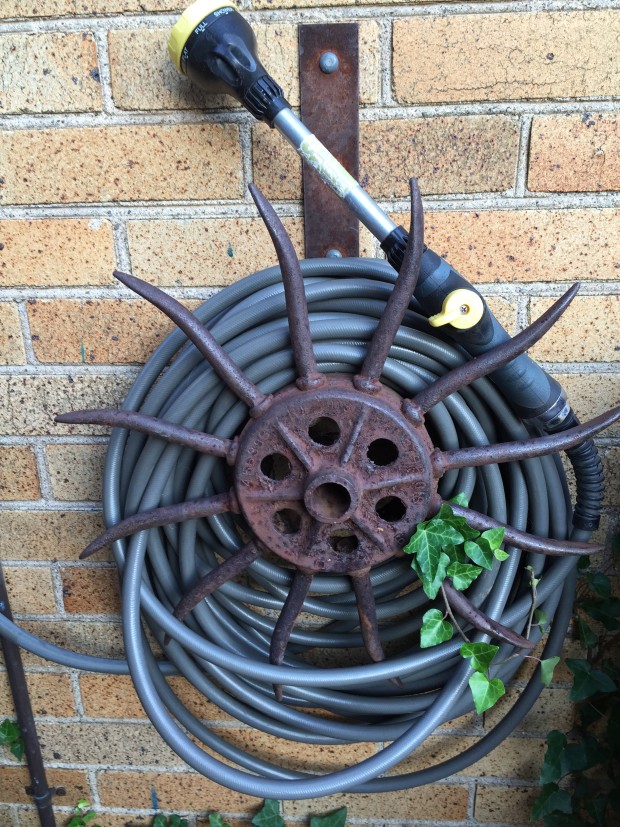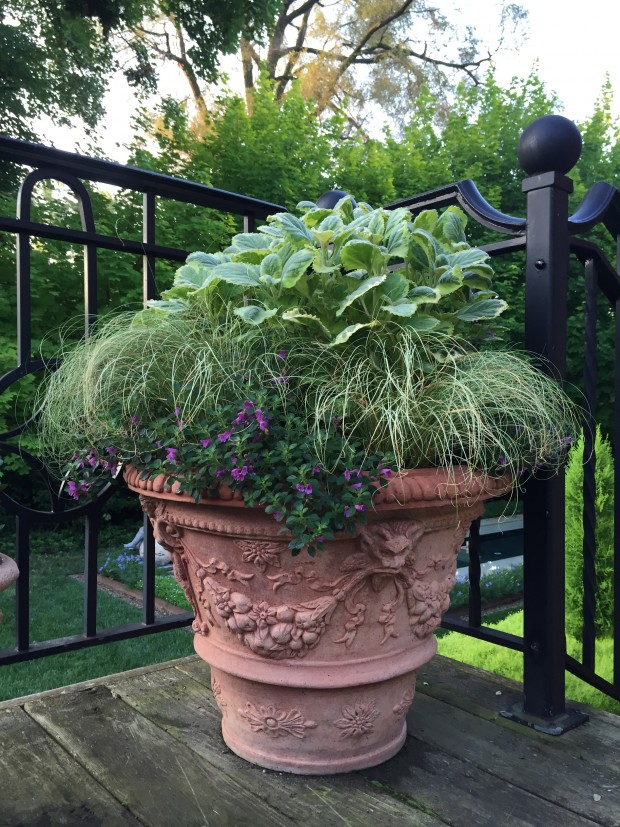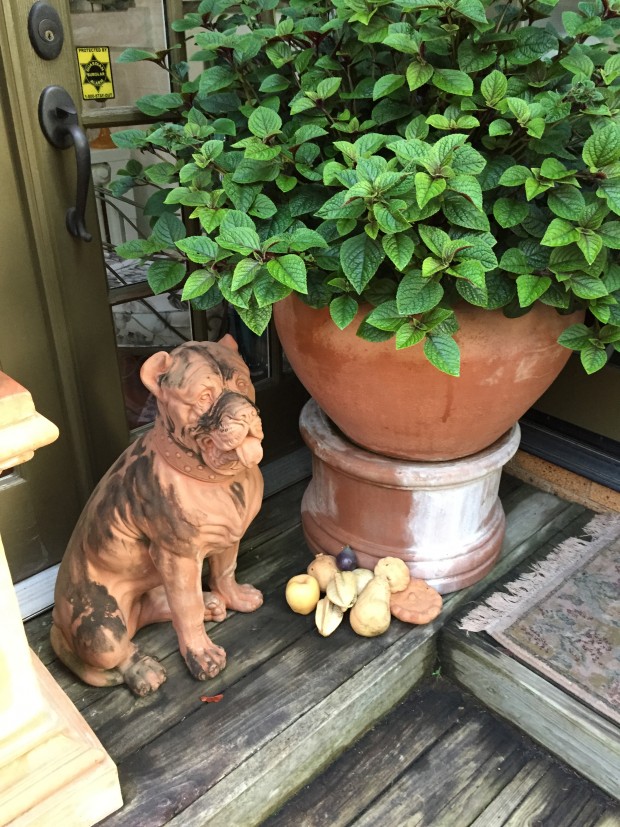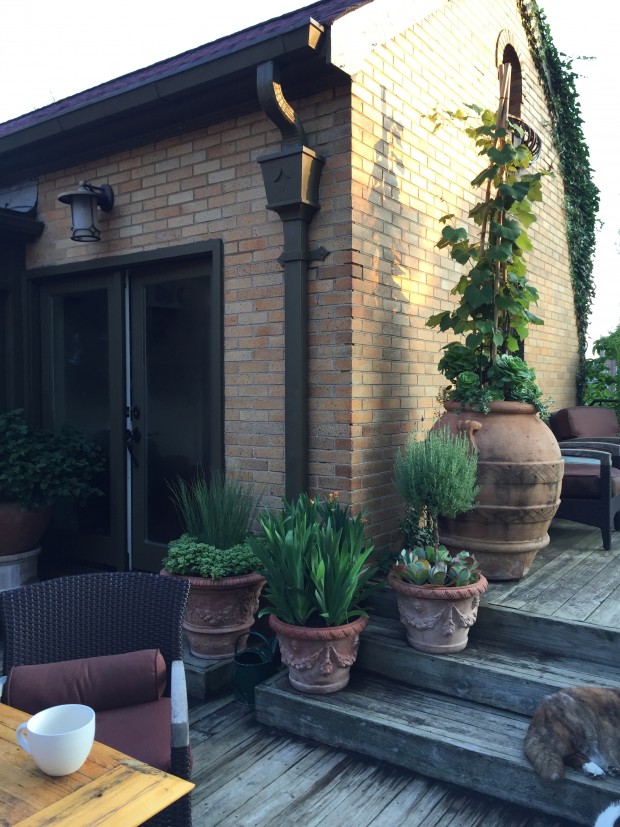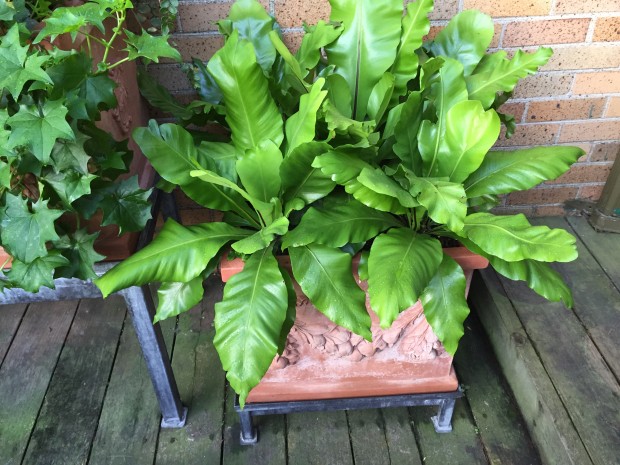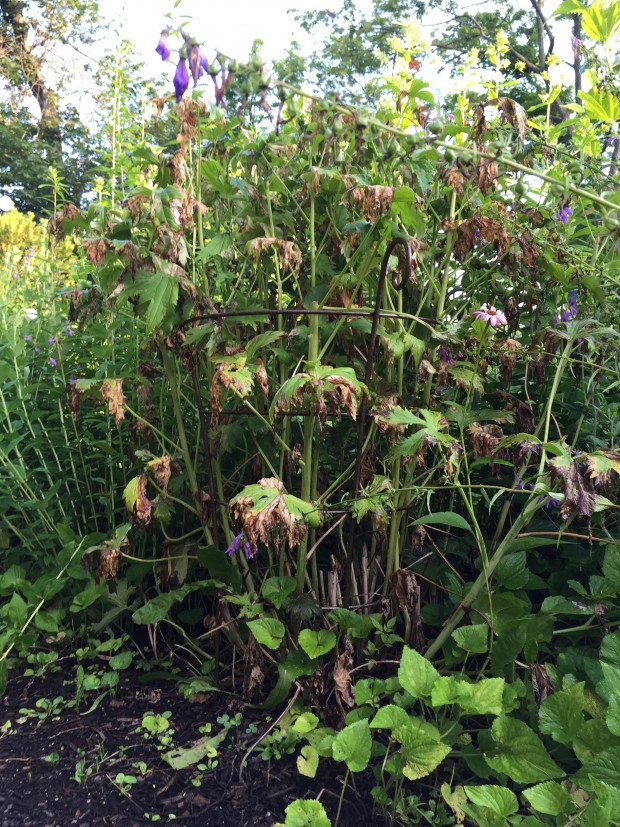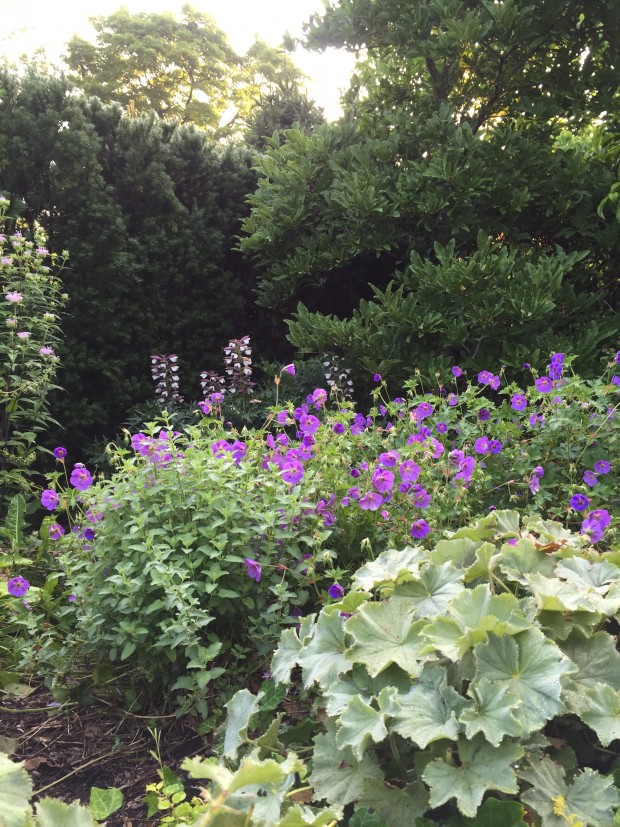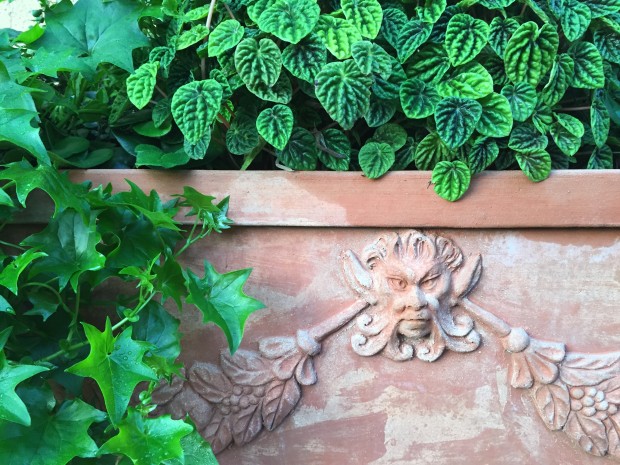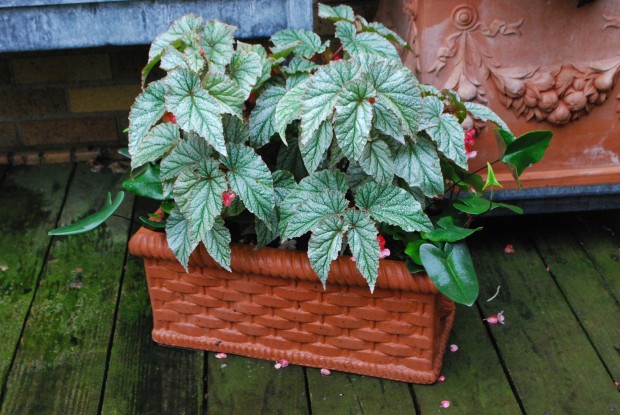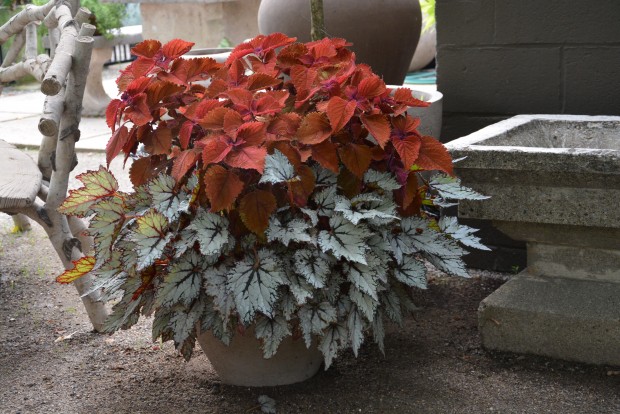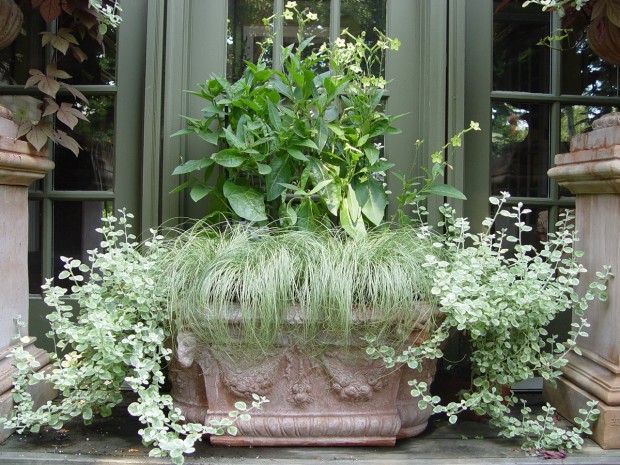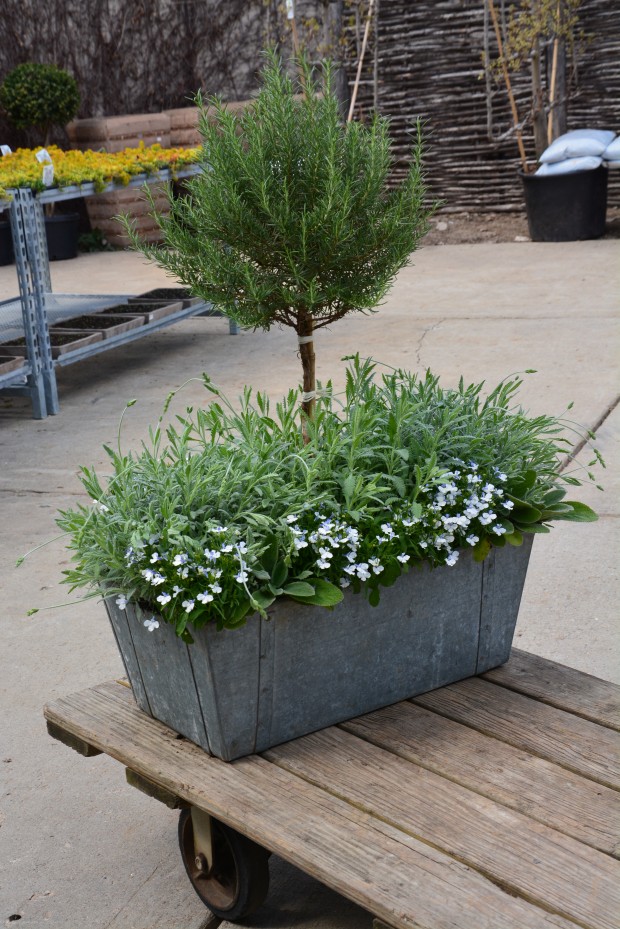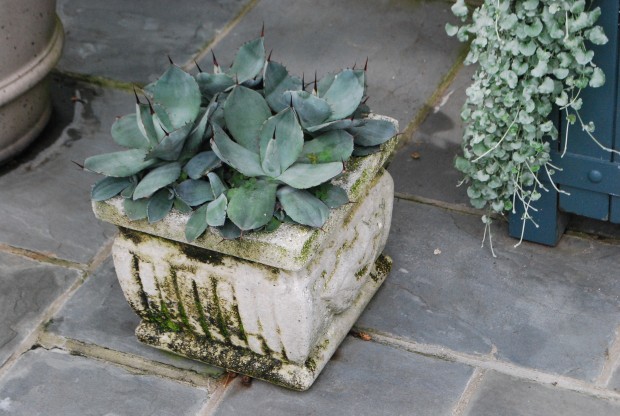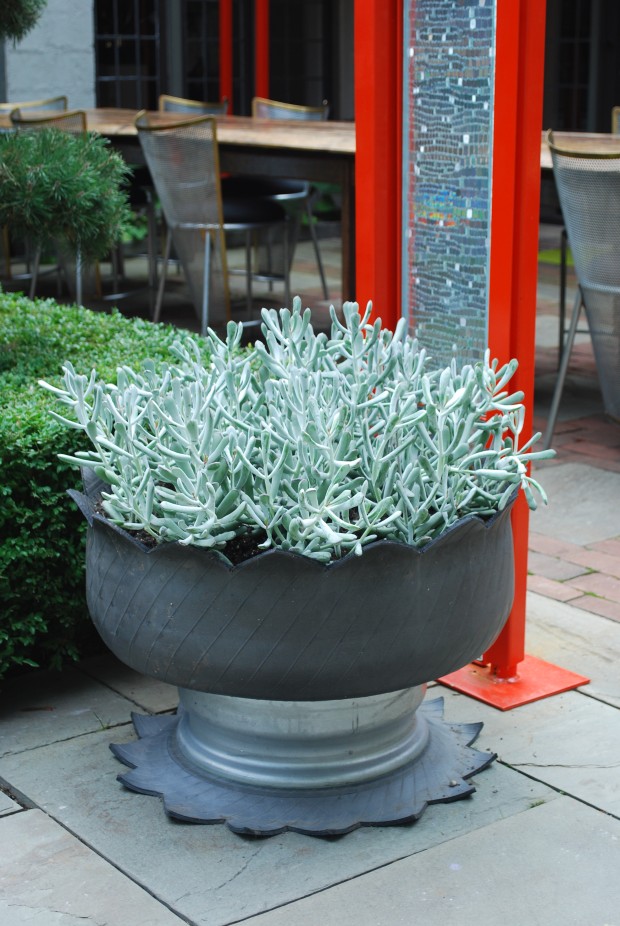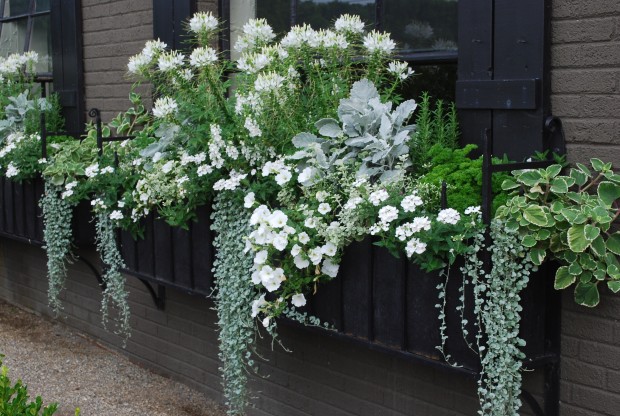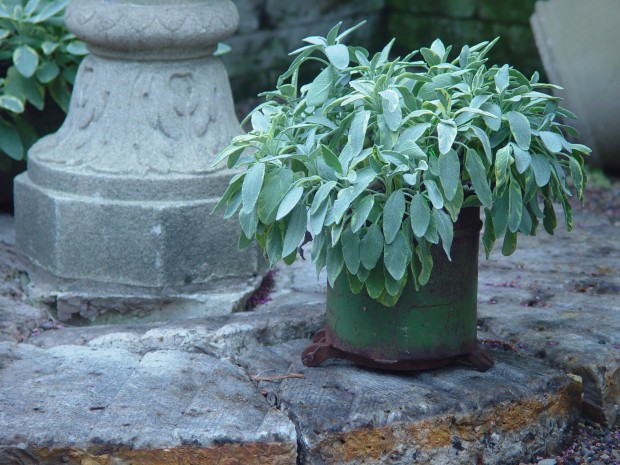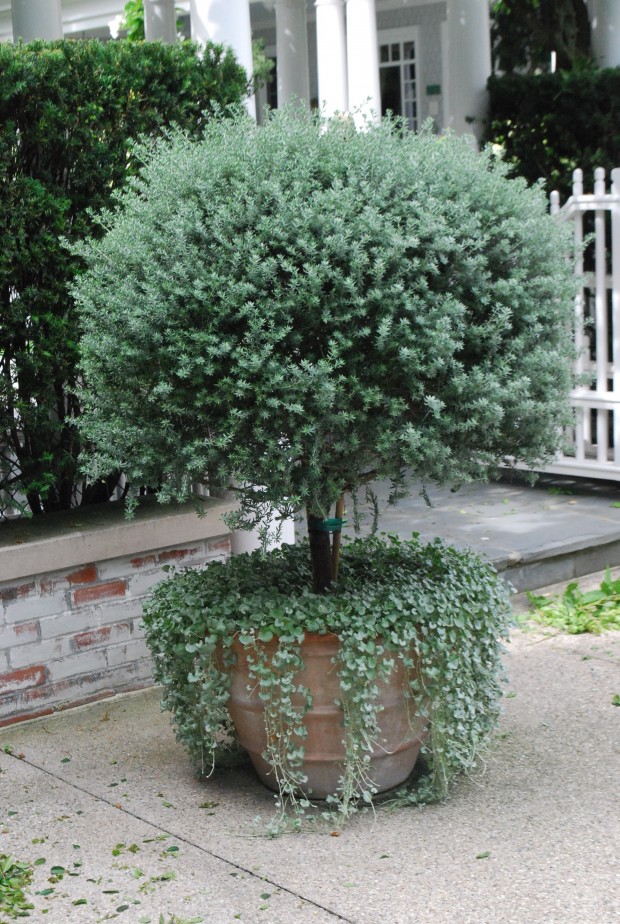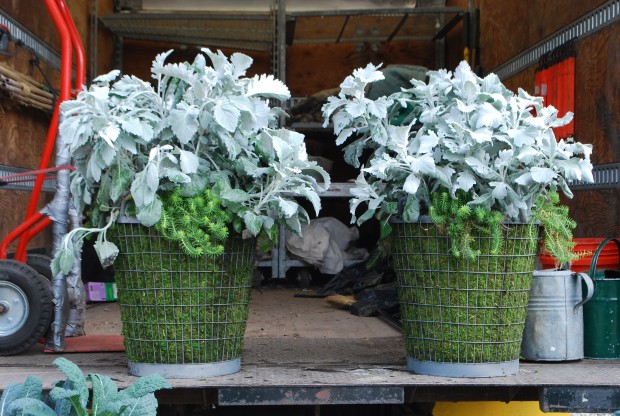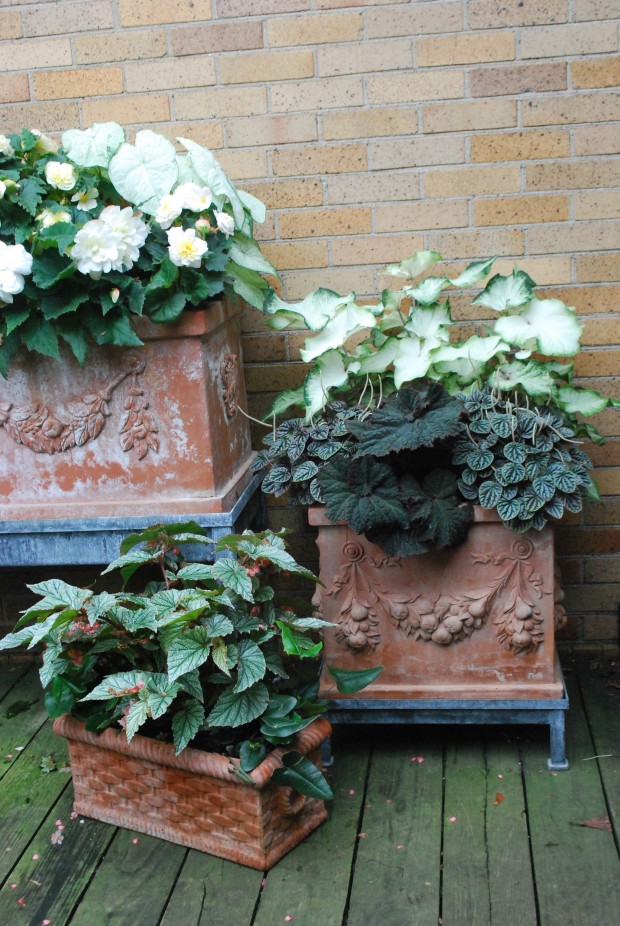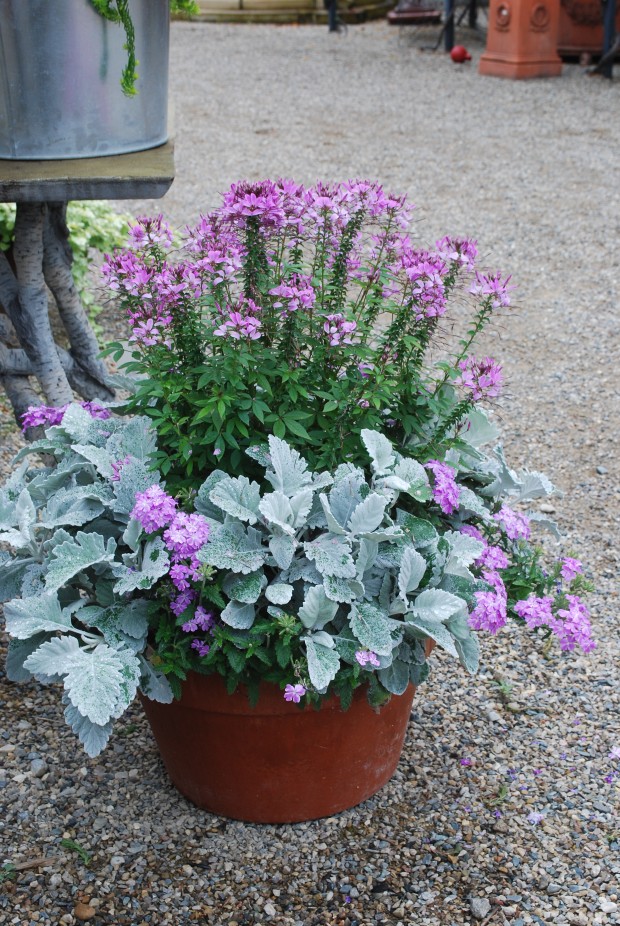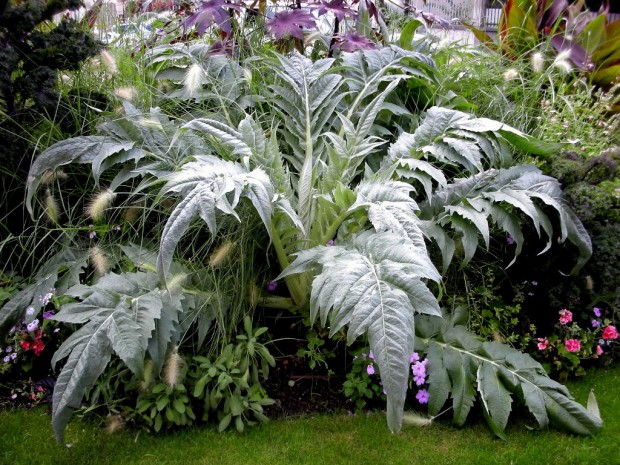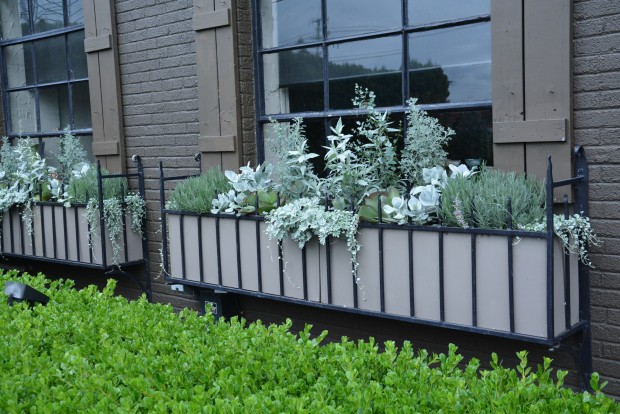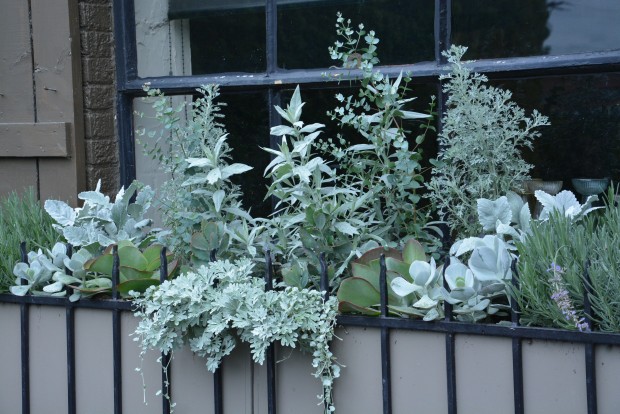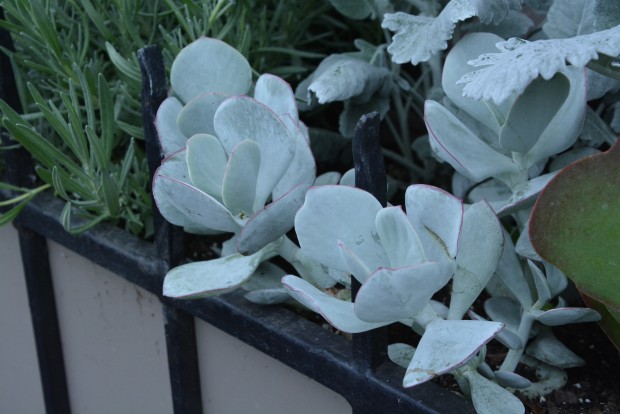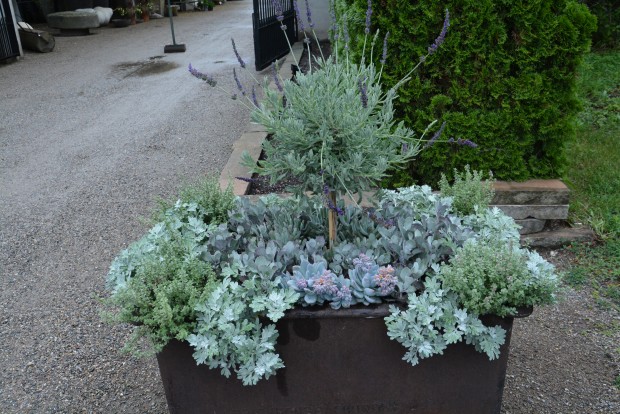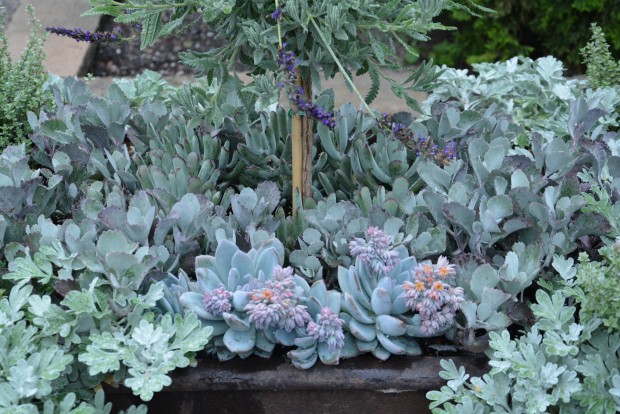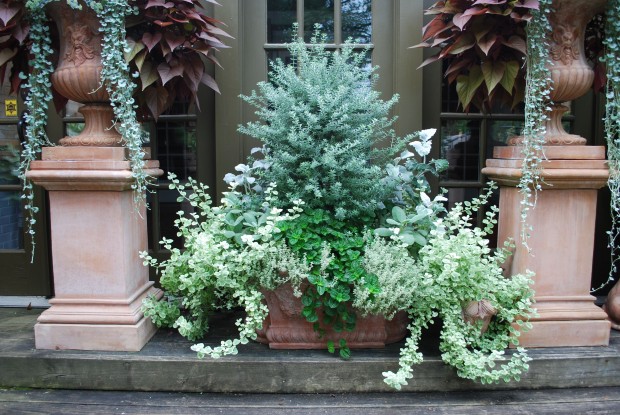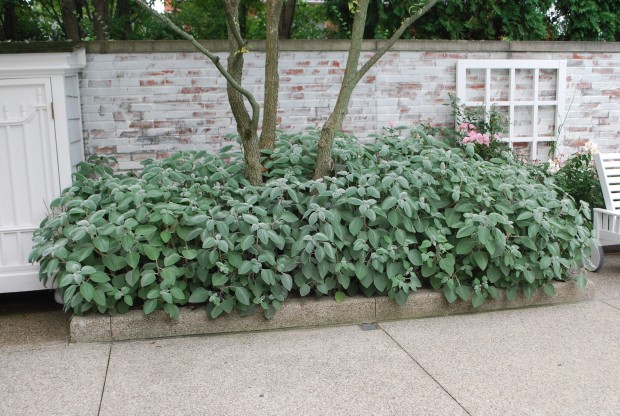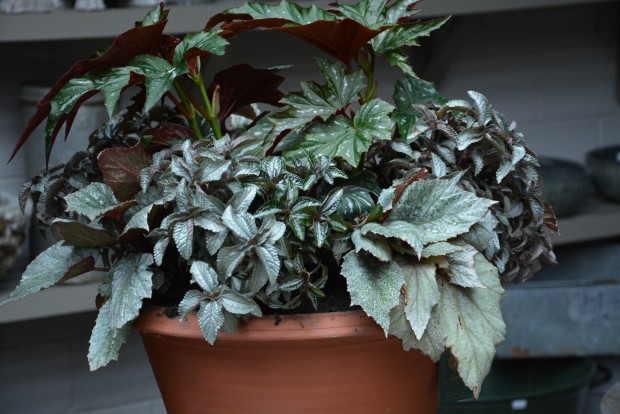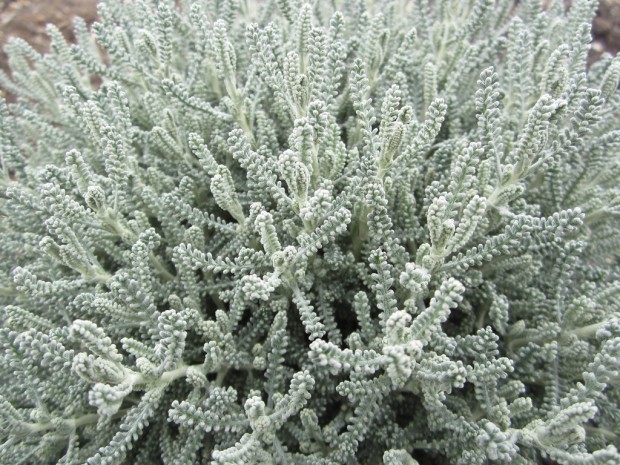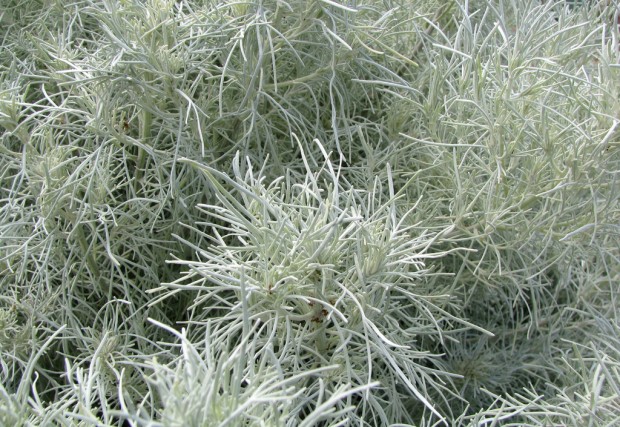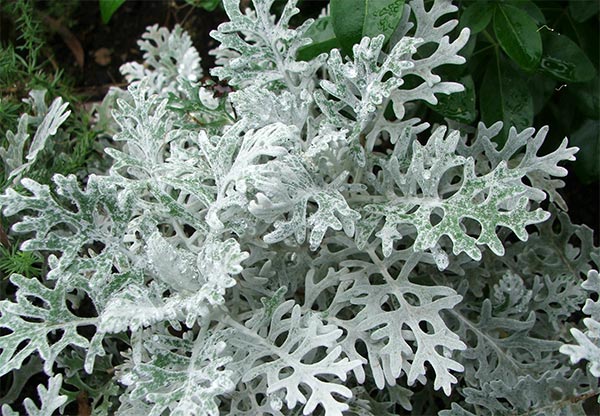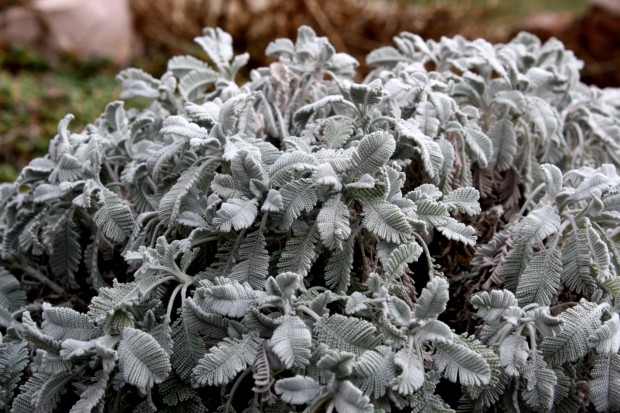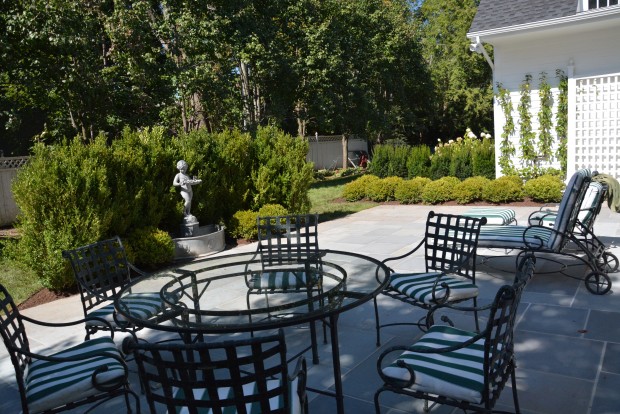 To follow are some pictures that detail the landscape renovation process for the property I wrote about yesterday. In establishing privacy close up on the terrace, and screening the generator from view, a new home was created for the lead fountain.
To follow are some pictures that detail the landscape renovation process for the property I wrote about yesterday. In establishing privacy close up on the terrace, and screening the generator from view, a new home was created for the lead fountain.
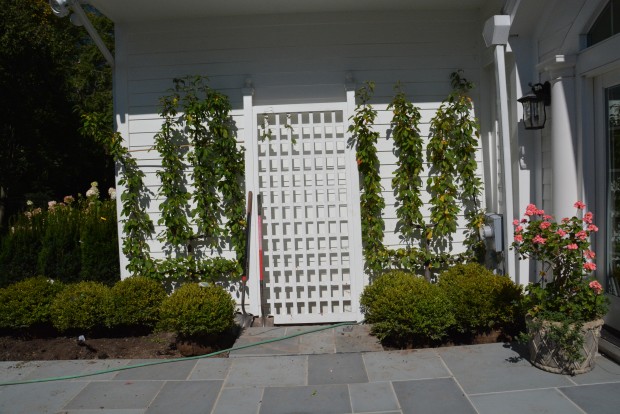 a scheme for the garage wall that involved centering the existing trellis, and adding a pair of candelabra style espaliers – faced down with a double row of boxwood.
a scheme for the garage wall that involved centering the existing trellis, and adding a pair of candelabra style espaliers – faced down with a double row of boxwood.
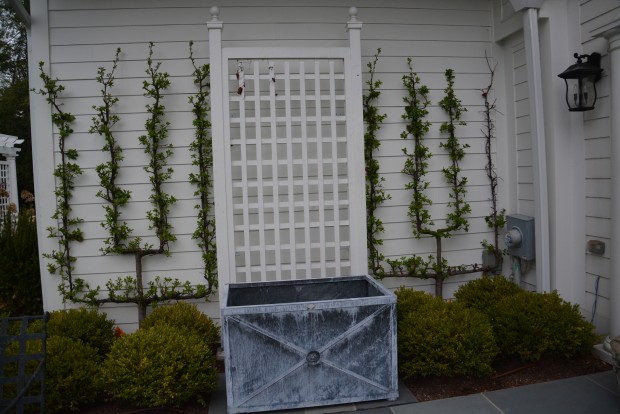 a custom made planter box from Branch Studio centered on the trellis
a custom made planter box from Branch Studio centered on the trellis
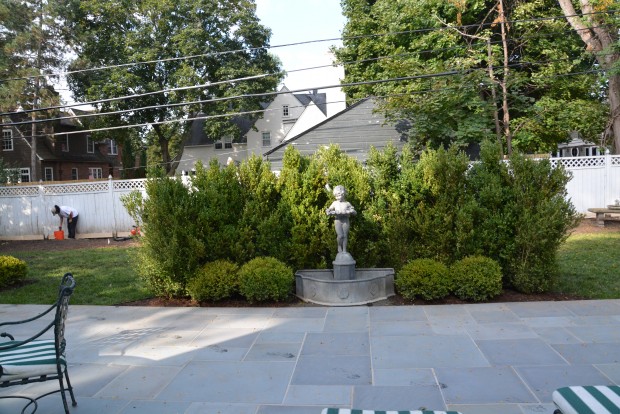 The new home for the lead fountain creates a mid ground layer of privacy up close to the terrace. Though not readily apparent in this picture, the boxwood curves around the back of the fountain.
The new home for the lead fountain creates a mid ground layer of privacy up close to the terrace. Though not readily apparent in this picture, the boxwood curves around the back of the fountain.
 privacy on the terrace on the south side
privacy on the terrace on the south side
 setting 11 Venus dogwoods on a curve-well out of the way of the power lines
setting 11 Venus dogwoods on a curve-well out of the way of the power lines
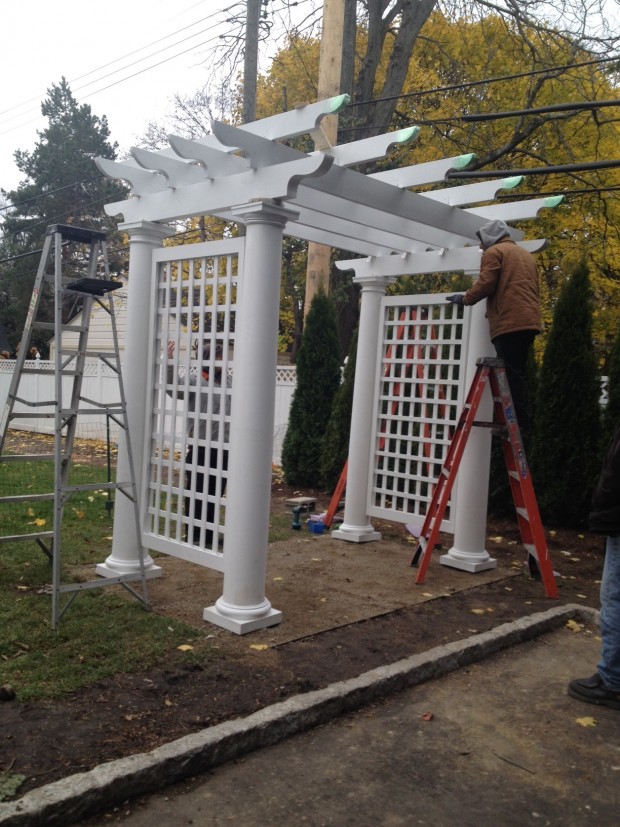 restored wood arbor moved from the front yard to the entrance to the rear yard garden
restored wood arbor moved from the front yard to the entrance to the rear yard garden
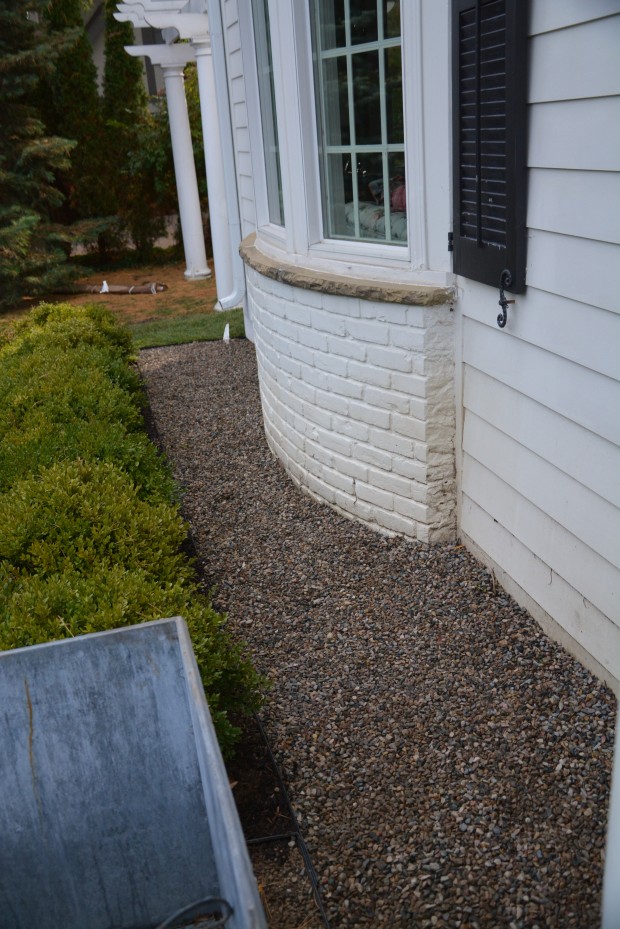 gravel along the foundation in the front yard
gravel along the foundation in the front yard
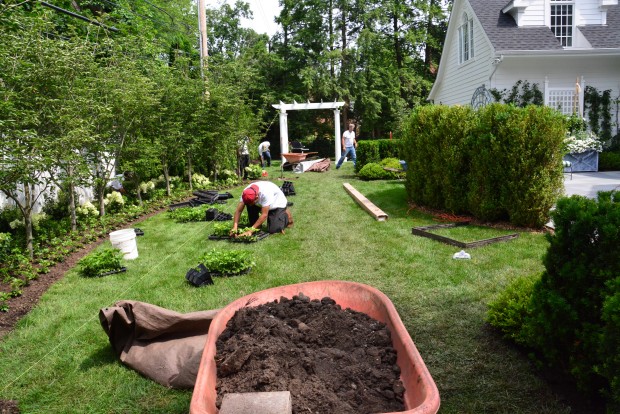 the last of the planting. In this picture you can see that the boxwood backdrop to the lead fountain was planted on a curve that matches the curve of the Venus dogwoods. A few broadly brushed curves can energize a narrow, boxy space.
the last of the planting. In this picture you can see that the boxwood backdrop to the lead fountain was planted on a curve that matches the curve of the Venus dogwoods. A few broadly brushed curves can energize a narrow, boxy space.
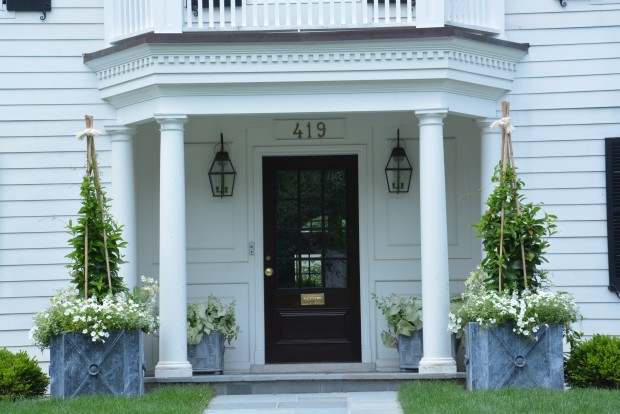 The existing lead boxes were moved onto the porch where their diminutive size and subtle detail can be better appreciated. 2 new custom boxes were fabricated and placed as “end posts” to the boxwood hedge across the front. Their size is proportional, and scaled to the size of the porch. The indented, concave corners of the boxes is a traditional detail.
The existing lead boxes were moved onto the porch where their diminutive size and subtle detail can be better appreciated. 2 new custom boxes were fabricated and placed as “end posts” to the boxwood hedge across the front. Their size is proportional, and scaled to the size of the porch. The indented, concave corners of the boxes is a traditional detail.
 A new powder coated steel pergola has the same footprint as the sun room on the opposite side of the house, and features a gothic arch detail taken from the existing windows on the house. The pergola is set level, true and plumb. The regrading of the ground would come later.
A new powder coated steel pergola has the same footprint as the sun room on the opposite side of the house, and features a gothic arch detail taken from the existing windows on the house. The pergola is set level, true and plumb. The regrading of the ground would come later.
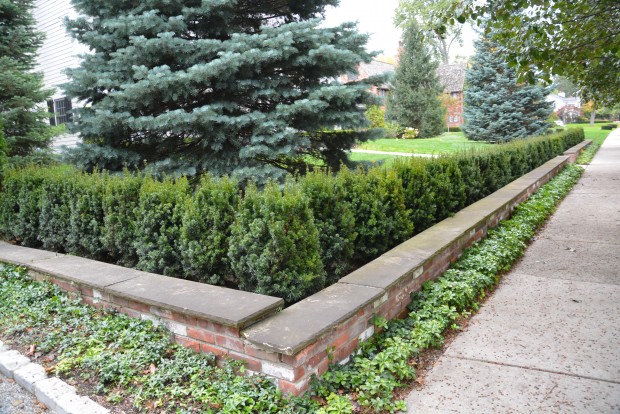 New yews replaced those that had been killed by the previous two winters.
New yews replaced those that had been killed by the previous two winters.
 An updated design was beginning to emerge. Tomorrow, the finish.
An updated design was beginning to emerge. Tomorrow, the finish.

